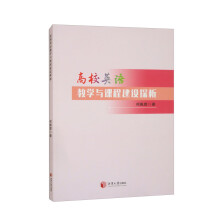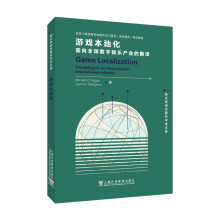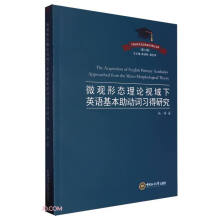Contents
Preface xxv
1?What Is Language? 1
1.1?The Significance of Language 1
1.2?What Is Language? 2
1.3?The Functions of Language 5
1.4?What Is a Language? 6
1.5?The Elements of Language 6
Summary 7
Exercises 8
2?Lexis 9
2.1?What Is a Word? 9
2.2?Where Do Words Come From? 12
Summary 20
Exercises 20
3?Semantics 21
3.1?The Function of Lexemes 21
3.2?The Meaning of Meaning 22
3.3?Semantic Range 22
3.4?The Definition of Semantic Range 24
3.5?Collocation and Idiom 28
3.6?Homonymy and Polysemy 30
3.7?The Human Element of Meaning 31
3.8?Pragmatics 33
3.9?Discourse Analysis 37
Summary 38
Exercises 39
4?Phonetics 41
4.1?The Organs of Speech 41
4.2?Consonants 43
4.3?Phonemic Notation 47
4.4?Vowels 49
4.5?Sounds in Sequence 52
Summary 53
Exercises 53
5?Phonology 55
5.1?Sound Systems of Languages 55
5.2?The Phoneme 56
5.3?Phonological Rules 57
5.4?The Phonology of English 58
5.5?The Phonology of Other Languages 62
5.6?Suprasegmental Features 66
Summary 70
Exercises 70
6?Morphology 73
6.1?The Composition of Words 73
6.2?Morphemes 75
6.3?Derivation and Inflection 75
6.4?Productivity and Word Formation 77
6.5?Problems of Morphological Analysis 78
Summary 81
Exercises 81
7?Syntax 83
7.1?Syntax as Opposed to Morphology 83
7.2?Word Classes 84
7.3?Constituent Structure 86
7.4?Noam Chomsky 89
7.5?Syntactic Forms 91
Summary 93
Exercises 94
8?Regional Variation 96
8.1?Variations of Variations 96
8.2?Horizontal Definition of Dialect 98
8.3?Vertical Definition of Dialect 102
8.4?The Nature of Variation 105
Summary 107
Exercises 108
9?Social Variation 109
9.1?The Social Dimension 109
9.2?The Standard Language 111
9.3?The Urban Vanguard 112
9.4?Men and Women 113
9.5?Power and Solidarity 114
9.6?Registers and Diglossia 116
9.7?Taboo and
展开










